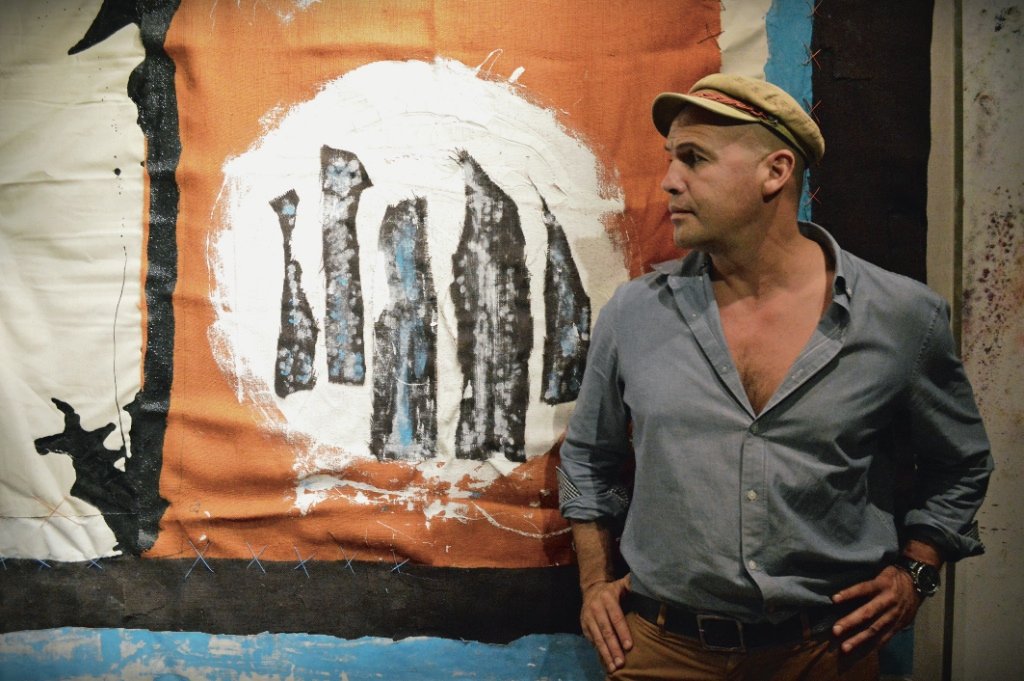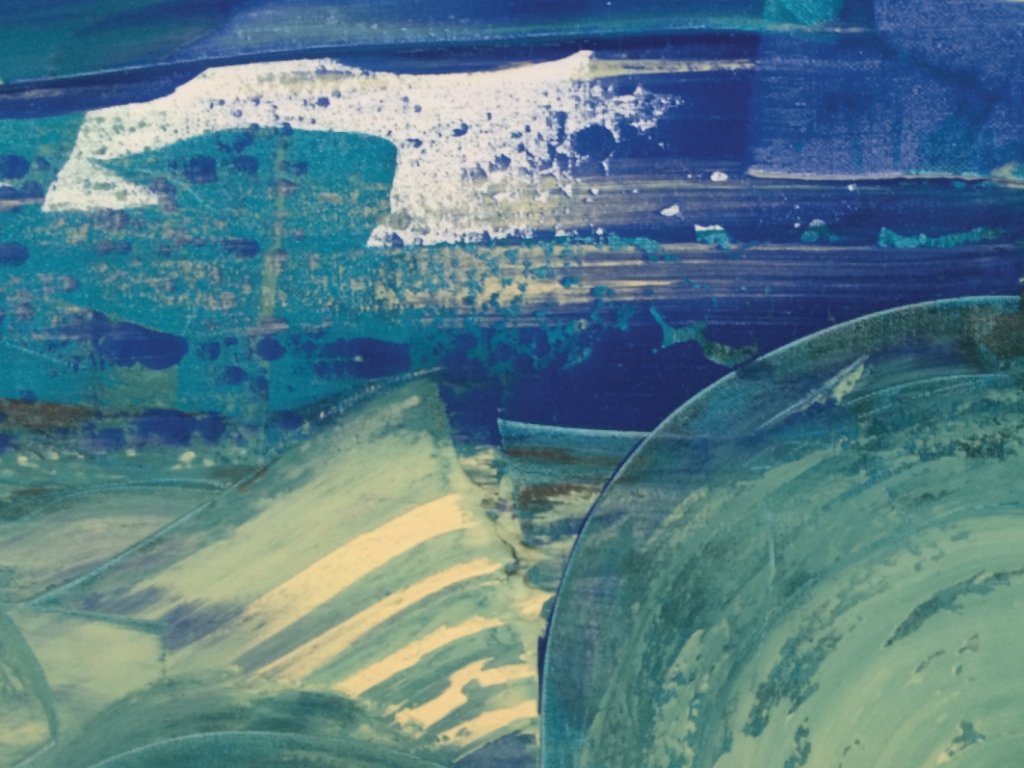Billy Zane talks Zoolander 2, the future of Hollywood and having the ghosts of Picasso and Hemingway hanging over him

Billy Zane is drawing me a diagram of his Theory of Everything. He’s on his fourth draft and a little pile of crumpled sheets of paper are piling up beside his Bloody Mary. It’s a kind of business model for the creative industries, a way to bring together media, advertising, luxury goods and philanthropy, dotted with pictures of eyes and dollar signs and arrows.
“The material could be the key to the spiritual,” he explains. “They were mutually exclusive for millennia but I’m convinced that by going so far into the one you might find the other.” When he’s finally happy with the diagram he flashes me a grin and, with a flourish, signs it. “I don’t like to settle for anything short of the extraordinary,” he beams.
We’re sitting on the terrace at the Beverley Hills Hotel, Hollywood’s Pink Palace, where nobody looks twice at the talent and producers gather to moan about the state of the industry. Patrick Stewart is at the next table eating a salad. It’s a glorious day in Los Angeles and, conforming to stereotype, everyone is tanned and beautiful. Even in this company Zane looks good; broad and healthy, his shirt open wide enough to reveal a tangle of chest hair. He has something of the Marlon Brando about him, the same heavy, handsome features and down-turned mouth.
He’s ostensibly here to talk about Zoolander 2, which is out later this month, but the conversation loops and twists in dizzying circles. One minute he’ll be talking about a new series he’s filming, which morphs into an anecdote about setting up an art studio in Europe, and before you know it he’s hosting art therapy classes for Syrian migrant children. It’s both engaging and confusing, like listening to someone deliver an interesting speech in a language in which you’re not quite fluent.

Zane has worked consistently – prolifically, even – since his 1985 debut in Back to the Future. His most famous roles include his turn as the obnoxious Cal Hockley in Titanic and the psychopathic Hughie in 1989’s Dead Calm, which he still considers his best work (“I just wanted to not get bitten by a sea snake or die in an accident before it was finished. When we were flying back I thought ‘if the plane goes down, at least I’ll have this movie’). He’s also, it must be said, been involved in a lot of dross. His IMDB page lists 144 acting credits, of which you could probably identify a tenth, the rest having long-since faded from living memory.
“There are offerings I’ve been involved in that are just terrible,” he says in his mahogany baritone, cheerfully demolishing a fish taco. “I’ve realised that it’s never about the film. People accept parts for silly, selfish reasons. You like the director, or you needed the money, or they’re using a new type of camera, or you’ve always wanted to play the character, or it’s being filmed somewhere you’ve always wanted to go. So you say yes and you end up in Saskatchewan, Canada, in a town called Regina – the place Mick Jagger says rhymes with fun – and you’re doing a cute little kids movie.” (He’s talking about the upcoming Adventure Club).
And then sometimes, in the most unlikely of places, you strike gold. Zane, then best known for playing what he brands “psychos at sea”, accepted a cameo as himself in 2001’s Zoolander. His screen-time was fleeting, but Ben Stiller’s stinging “put a cork in it, Zane” became one of the most memorable lines in the movie – it even has a website dedicated to it. When we met late last year he’d just finished filming his part in the sequel, which is out later this month.
“It was a lot of fun. Ben’s a wonderful director. He’s a cinephile, a great visual stylist. Comedies tend to have a lot of emphasis on improvisation and the talent but drop the ball when it comes to the visual storytelling. But Zoolander 2 looked like a Bond film; the filtration, the choice of DP, how the shots were constructed.”
Read more: Oscar Wilde’s grandson Merlin reveals the uncensored Dorian Gray
I wonder if comedy comes naturally, given he’s better known for drama? “Humour is king. It’s the highest art form. I ended up playing a couple of psychos and suddenly I was Johnny Drama. But I was raised on musicals [his parents were both amateur actors], one of my favourite periods in cinema was when [stage and film director] Vincent Minnelli was at his peak. That time in the 50s was the height of it, the true American offering. Pollock was the most famous painter in the world. You had this burst of abstract expressionism, you had jazz and bebop finding itself. Then they stopped making musicals and violence became the new international language.”
If Zane doesn’t always get to scratch his creative itch through movies, he has plenty of extra-curricular interests. He’s working on a partnership in the fashion world, which he’s “not at liberty to discuss”, and he’s produced paintings and photographs since he became involved in art during the filming of Titanic (his large-scale works have been exhibited on both sides of the Atlantic). It was his passion for art, in fact, that saw him become accidentally embroiled in the migrant crisis.
“I was in Budapest filming a series called Guilt, which was loosely based on the Amanda Knox case. I play the American attorney who’s living in London and looking after her. I was asked to provide some original artwork to decorate my character’s home – I said yeah, how soon? They said five days. So they gave me a studio and when I wasn’t shooting, I was painting. I worked the same way I always do, a series of beautiful accidents, following my bliss.
“I felt like Orson Welles, walking these streets of faded glory. I had this weird sensation that the ghosts of Picasso and Hemingway were hanging over me. Then the refugee crisis at Keleti Station exploded two blocks away from where I was staying. Not since WWII have this many refugees been mobilised. We went down and brought basics to the folks – diapers, food, lip-balm, toothbrushes. We were doing art therapy for the kids, handing out tablets and crayons, because they were losing their minds with nothing to do all day.” He ended up selling the paintings at an impromptu exhibition, raising around $25,000 (“a tenth of what I’d usually charge”) for the Red Cross’s Migrant Relief campaign.

Now he’s back on home soil, Zane is thinking about the future. He’s obsessive about finding new ways to produce content, buzzing with ideas, his musings on the movie business tripping over each other on their way out of his mouth. He points to Amazon, whose series Mad Dogs he starred in: “What a business model! They can beta test pilots with users and only order based on a direct vote. Talk about guaranteeing your distribution.”
Zane says he’s preparing to launch his own channel “in the new media space”, where he can produce comedy and musical content. “I want to bring the best of traditional media into the new media space. I like the quick turnaround, I like how low the barriers to entry are and how vast the audience is, how much impact it can have. It’s exciting to try to bring quality into a space that has incredibly low standards. I find myself at the bleeding edge of it and I’m really happy. I have an idea for a backstage musical, kind of like Cover Girl, that takes place in an outdoor mall.”
With his fingers in so many pies, I wonder which of his catholic interests lies closest to his heart. “None of these things are mutually exclusive; they’re integral. What excites me is finding a truly interconnected superstructure that will connect media and luxury and philanthropy.”
This is how Zane ends up drawing me his Theory of Everything (my description, not his). He talks about it at length, returning to it again and again throughout our two and a half hour lunch, which he rounds off with a hot fudge sundae. The gist of it is finding a way for Hollywood to fend off piracy, conquer new media, sell luxury goods through brand tie-ins and raise money for charity, all in one fell swoop. “I’m yet to find a better use for my skill-set and genetics and resume,” he says.
When Zane first arrived in Hollywood, he made a pact with himself: that he’d be a good guy, treat people well, and hope that karma would look out for him in return: “Weeks later I landed the part in Back to the Future… Whatever designer God you subscribe to, I enjoy being in his service. I devised and followed this law. That’s my mythology, my narrative. That’s what makes me tick, what makes it all worthwhile.”
Has it worked?
“Well,” he says, putting his arms on the table and leaning forwards, crockery rattling beneath him, “This doesn’t suck.”
